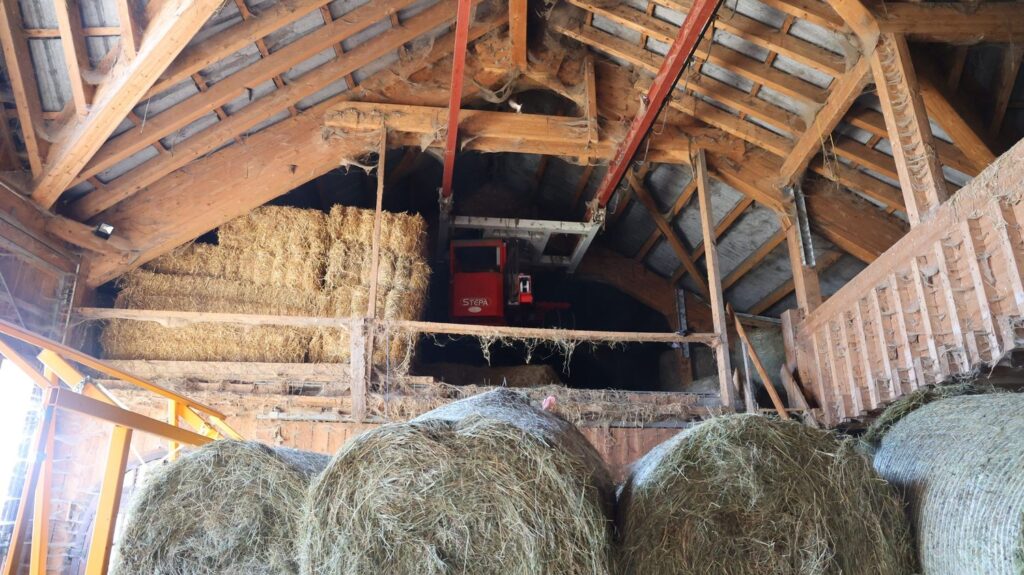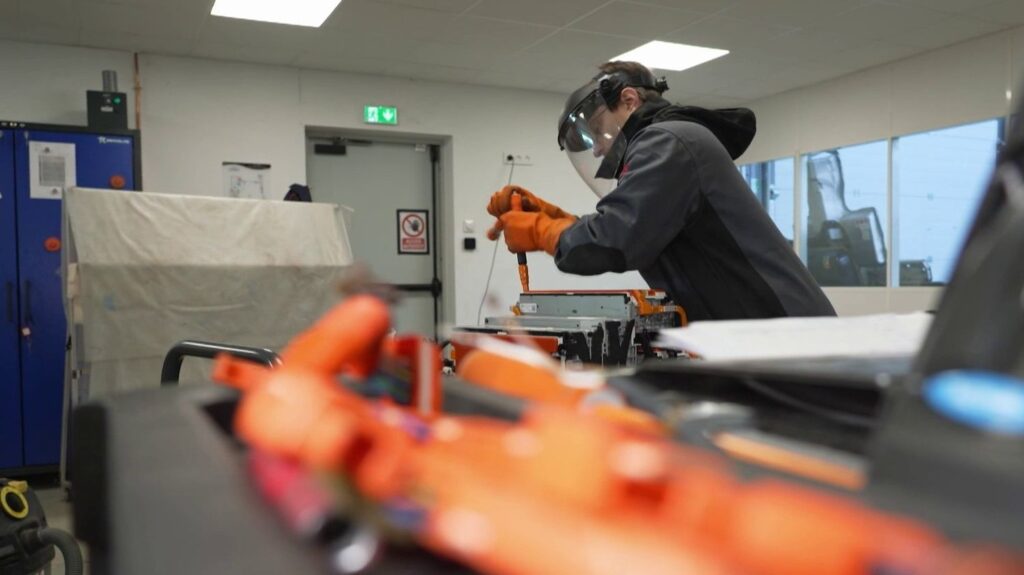Due to the fermentation of stored hay, there is a risk of “slow combustion” beyond 55 degrees, explains the SDIS of Doubs at the microphone by Besançon while the thermometer climbs on France.
/2023/07/07/64a7df4c5fe71_placeholder-36b69ec8.png)
Published
Reading time: 2min
/2025/06/18/maxstockworld472445-68525e0a0f930760543300.jpg)
The weather forecast announcing DE very strong heat at the end of the week arouse concerns. With the alternations of humidity and warmth, hay boots can quickly overheat, explains the commander of the SDIS of Doubs and chief of the Besançon company, Olivier Deschamps, at the microphone by Besançon on Wednesday, June 18.
“The storage of tunted fodder is subject to fermentation, it is a normal process up to a certain temperature (about 45 ° C)”, details the SDIS commander, “From 55 ° C, we are talking about surfermentation and there, we have a risk of slow combustion which can lead to a fire.”
In the past four years, in the Doubs, near one in three agricultural fire has been caused by an overheating fodder: “On average over the past four years, we operate 30 times on agricultural building fires in the Doubs department and among these 30 interventions, we have between eight and ten interventions for overheating of fodder”notes Olivier Deschamps.
To prevent these fires, some farmers are turning to a system of connected to software, which indicates the temperature of the fodder in real time. Sitting in front of his computer, Olivier Vivot, operator of the Gaec Vivot in Flangebouche, watch: “When it’s green, up to 55 degrees, no problem, but if it gets red, action!”, Which means taking out the fodder very quickly to avoid the fire.
This system is an investment: “We installed it seven years ago, at a cost of around 5,000 euros, but we do not regret it”details Olivier Vivot. “This allows us to monitor the fodder temperature and therefore its quality, but also to protect our operating structures, we have important surfaces, and we hold it!”


